Reading aloud to children is an essential part of building crucial literacy skills from preschool all the way to middle school. Whether you are a teacher or a parent, reading to kids is a fun and effective way to connect with them.
However, it’s not always easy! For example, how in the world are you supposed to read a wordless picture book out loud?
Why Is It Good To Read Kids?
Reading to children bring a lot of benefits to them, such as expanding their imagination and listening skills.
Even if children cannot read yet themselves, reading aloud to children can help prepare them for this skill later. And even as they learn to read themselves, reading aloud to children still can bring a multitude of benefits.
A Handbook for Reading To Kids
If you’re looking for an in-depth guide to reading aloud to children, look no further than The Read-Aloud Handbook by Jim Trelease. Last year, I hosted a summer book study for this bestseller.
But if you’re short on time – who isn’t! – I’ve compiled the best tips I learned from that resource and from my years in the classroom.
7 Helpful Tips for Reading To Kids
Research has proven that reading aloud daily is one of the most effective ways parents and teachers can help children become successful readers.
If you read aloud using these tips, you will not only build literacy skills, but you will have fun too!
1. Let the Child Pick the Book
One excellent way to get young children involved in the reading aloud process is to allow them to select the book you read.
However, it’s hard for a child to select a book when all they see is the spine on a bookshelf!
Several years ago, I installed rain gutters on my classroom walls to display books facing out where the kids could see them.
Young children are attracted to the covers of books, so facing them out is going to get them to notice those particular books more.
In the classroom, you can provide a tub or basket of books for your students to select that are “teacher approved.” Invite students to choose which one you will read aloud that particular day.
2. Don’t Be Afraid of Wordless Picture Books!
When reading a wordless picture book, ask the children questions such as:
- What do you think is happening here? (comprehension)
- What makes you think that? (inferring)
- What do you think will happen next? (predicting)
- Why? (vocabulary and oral language)
3. Start Small
The younger the child the shorter the attention span. When you first start reading aloud to your class or your child, their attention span may be short. One of the benefits of reading aloud is that over time, their attention spans will get longer.
In the beginning, choose shorter books or books that are not too text-heavy. Then, as you notice their attention spans getting longer, you can start reading longer books.
4. Be Creative With Your Voice
Here are a few suggestions:
-
- If different characters are speaking in the book, try doing a high voice for one and a low voice for another character. Or if you can speak in an accent like a Southern or British accent for a certain character, kids will eat that up!
- When the story has a sound effect, make the most of it! A loud “BOOM” or an animal sound will do wonders to keep the children engaged.
- Vary your tone. For sad parts, talk in a lower tone. For happy parts, talk in an excited voice!
5. Read It Again
As adults we may not always enjoy reading the same book day after day, but Jim Trelease says that reading the same book multiple times can really help children develop language skills and improve reading comprehension.
If you are really tired of reading the same book, try reading it in a different voice. Or as you are reading, try stopping at a key word and see if the children can fill it in for you!
6. Read Aloud to Big Kids, Too
It might surprise you to know that reading aloud isn’t just for young children who can’t read on their own yet. In The Read-Aloud Handbook, Jim Trelease says “…kids usually listen on a higher level than they read.”
I know many parents who read the Harry Potter series aloud with their older children. As teachers, it’s important to not give up reading aloud in the upper grades. One of my fondest memories of elementary school was my fourth grade teacher reading aloud to us daily.
7. Explain Some New Words
Should you stop and explain every unfamiliar word in the book? If you did that, it would take forever to get through one book!
Instead, I recommend inserting explanations of a few of the words your children may not have heard before – no more than half. Each time you re-read the book, you can explain different new words to build vocabulary.
In an interview with Jim Trelease on building vocabulary, he said “Few of us can say, read, or write a word we’ve never heard. Listening comprehension comes before everything else and then feeds the speaking, reading, and writing vocabularies.”
More Tips for Reading Aloud to Kids
Deborah Stewart of Teach Preschool and I will be presenting Wow Your Crowd with a Read Aloud: 10 Strategies to Increase Engagement and Interaction at the NAEYC annual conference on November 7, 2014 in Dallas, Texas. We hope to meet some of you in person there!
And of course, I can’t recommend The Read-Aloud Handbook by Jim Trelease highly enough!
More Teaching Tips
- Teaching the Alphabet to Preschoolers
- Teaching Prepositions with Picture Books
- Must Have Teaching Tools to Organize Your Preschool Classroom
- Best Teaching Supplies for Preschool Teachers
- 40+ Brilliant Teaching Hacks
- Nap Time Tips for Preschool Teachers
More Literacy Ideas from Pre-K Pages
Photo Credit in Slider: Tyler Olson via Shutterstock
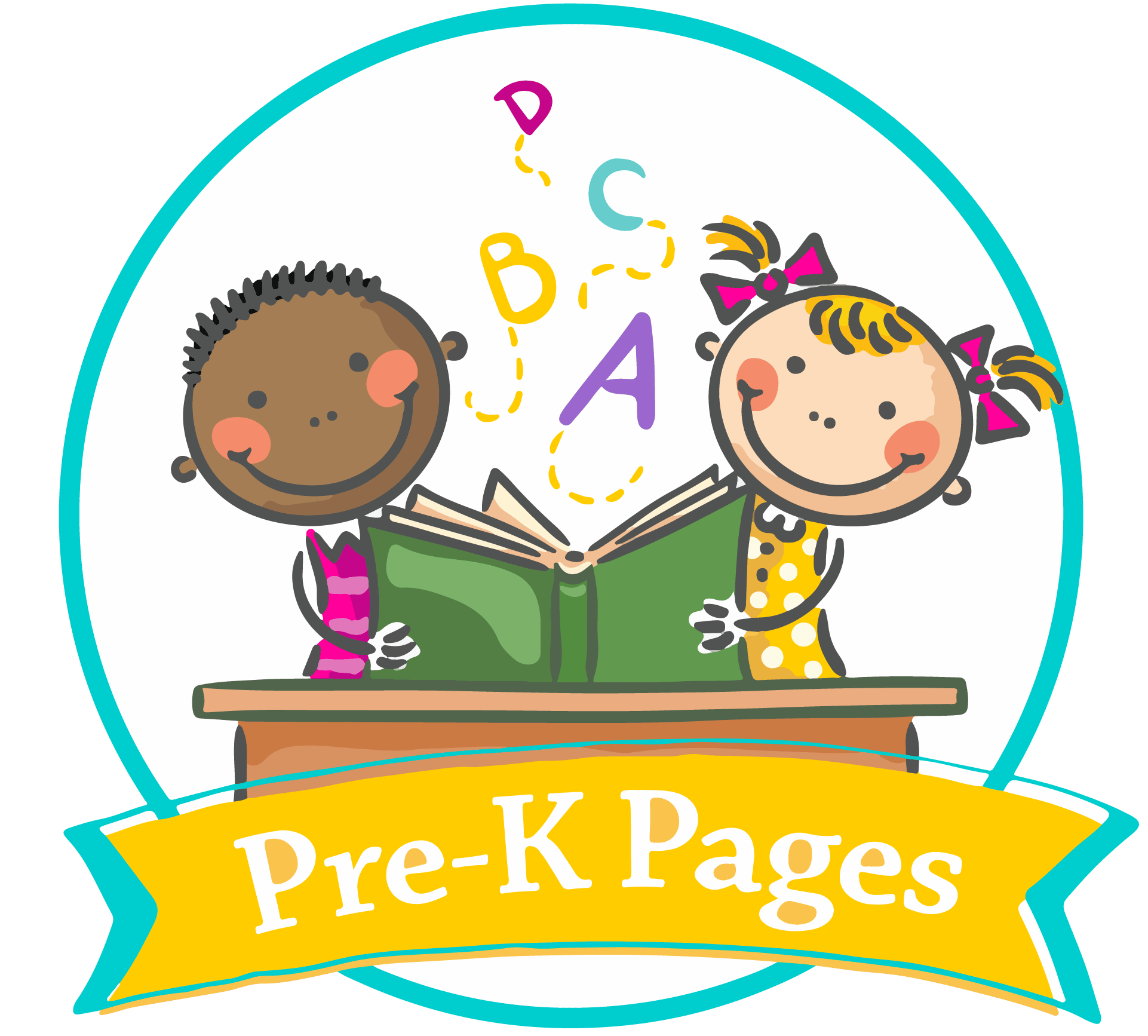
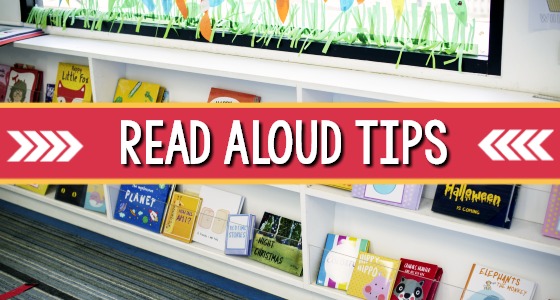
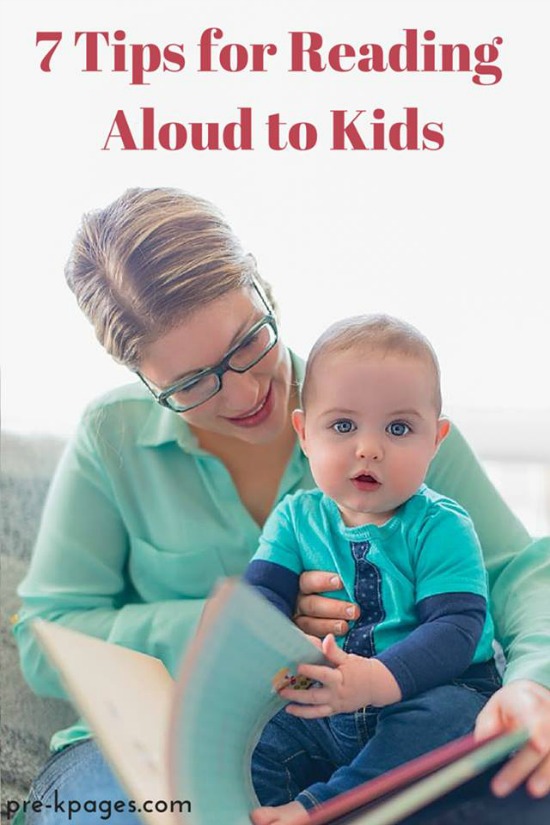


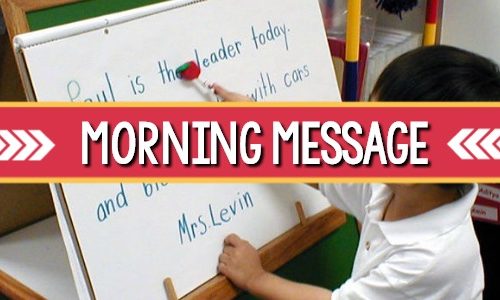

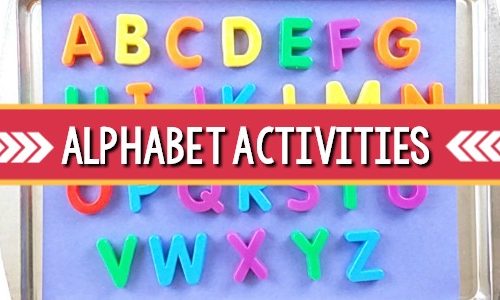



Thank you for these tips. I also display books outward so that the children can see the covers, which also makes picking one for storytime easier. Getting creative with one’s reading voice gives life to the story–it inspires me to think about how ancient storytelling is and how it’s still considered an art in itself in certain cultures (e.g. griots in Senegalese culture). I’m now going to try tips 3 and 7!
Thanks for stopping by Annie, I’m so glad you enjoyed this post! Good luck with 3 and 7!
Oh, these are great tips! I LOVE reading to my kids. (although my youngest is in an awkward squirmy phase, but we still try!) I’m pinning this now. (Stopping by from Parenting Pointers Linky Party)
Thanks for stopping by Aubrey! They may be squirmy but they’re still listening and soaking it all in 🙂
We are a huge read-aloud family! I have 4 kids and we have made it a priority to read aloud to them at only a couple months old. This is a great resource for parents who haven’t committed to introducing quality literature to their kids. Have you read the book “Honey for a Child’s Heart?” That has really shaped how I view the role of literature in our home.
Hi Karissa, I will have to check out your book recommendation, thanks for sharing! I’m all about quality literature too 🙂
Great tips! Happily pinning =)
Thanks for linking up to TGIF! Have a GREAT weekend,
Beth
Thanks for this post! Stopping by from Sits. I notice my 28mo old is now getting into reading and loves reading the same books, particularly “Little Rabbit Couldn’t Sleep”!
Pingback: Parenting Pointers Linky Party #52 - rockabyeparents.com
Pingback: Thoughtful Spot Weekly Blog Hop #61 | ABC Creative Learning